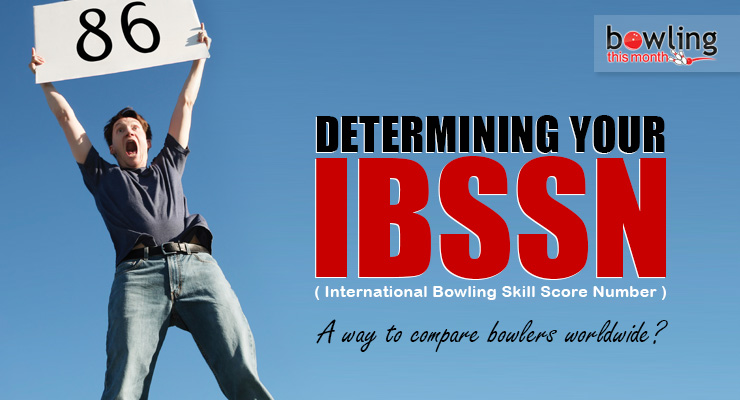Article Contents
- 1. Developing the skill domains of the International Bowler Skill Score Number
- 1.1. Accuracy (40 Points)
- 1.2. Versatility (20 Points)
- 1.3. Repeatability (20 Points)
- 1.4. Power (20 Points)
- 2. Assessing the International Bowling Skill Score Number
- 3. Accuracy domain
- 4. Versatility domain
- 5. Repeatability domain
- 6. Power domain
- 7. IBSSN assessment scorecard and graph
- 8. A better method
Note: This article is only available to Bowling This Month subscribers.
In this article, I share with readers a newly conceived International Bowling Skill Score Number (IBSSN). Readers will have the opportunity to evaluate themselves with a skill-based bowling assessment outlined in this article. The IBSSN evaluation will provide readers with a specific method to determine their areas of strength and weakness as well as allow the international bowling community a systematic method to compare any two bowlers in the world with an International Bowling Skill Score Number.
I first conceived of such a rating system nearly five years ago. In 2003, I published an article in another bowling magazine outlining these initial ideas and asking readers the simple question, “How good are you?” In this article, I proposed the creation of a bowler rating system to enable bowlers and coaches to complete a more accurate evaluation of bowler’s skill level, as well as enable comparisons between bowlers. In my opinion, a bowler rating system would offer the international bowling community a more accurate comparison of individual skill. I argued then and I argue now, averages in isolation are not a good indication of ability or a vehicle to offer an adequate comparison of bowlers.
The genesis for a revision of the bowler rating system emerges from a recent visit to The International Tennis Federation (ITF) website to see a relatively new initiative, the International Tennis Number concept. Specifically, the ITF developed the ITN in 2004 to assess individual players around the world and assign each with a unique number based on their current skill set. This idea was similar to with what I had envisioned in 2003. The International Tennis Number is derived from an on-court assessment conducted by a trained assessor that measures hitting depth, volleying, accuracy, serve, and mobility. Each of these assessed skills is viewed as critical for a player to succeed at the elite level. Most importantly, this is a way for a tennis coach or player to ...
Already a premium member? Click here to log in.


